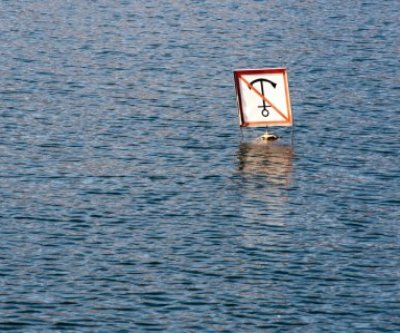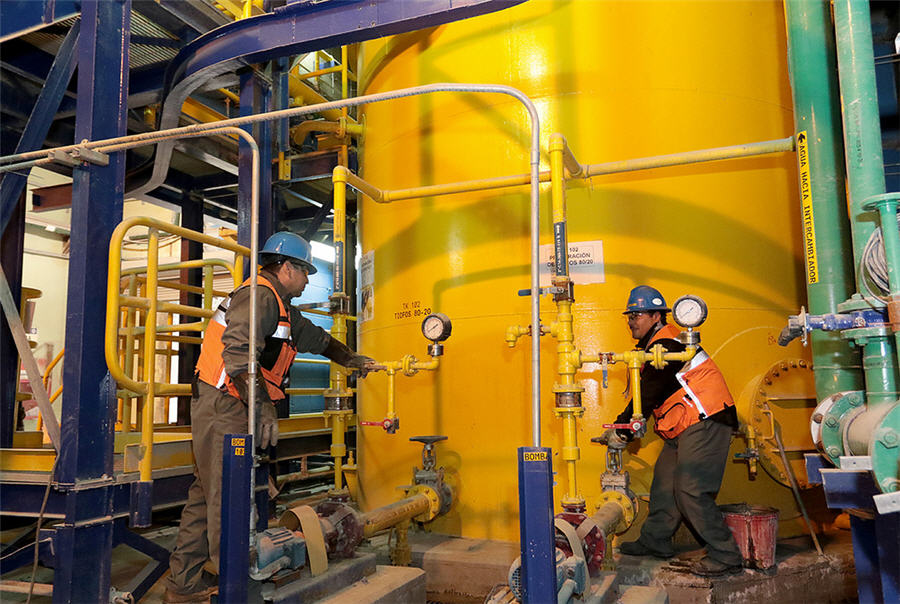Largest merchant fleet owner scrapping up to 18% of ore carriers as rates sink 98%

Mitsui owns the world’s largest merchant fleet and Bloomberg reported Saturday the Japanese company has announced it could scrap as much as 18% of its 110 Capesize vessels or place them into so-called “cold lay up” which is the shipping world’s equivalent of mothballing.
As part of the plans the Tokyo-based company said it will demolish all Capesize ships – which can haul roughly 160,000–180,000 tonnes and are the dominant vessels for the world’s 1 billion tonnes seaborne iron ore trade – older than 15 years to counter massive oversupply in the industry.
Rates for Capesizes have plunged 98% to just under $4,000 a day from the eye-watering rate of $234,000 set in June 2008 while the Baltic Dry Index which measures overall shipping costs has declined 48% this year alone.
Iron ore price have recently recovered slightly after falling to six-month lows in May. On Friday the import price of 62% iron ore fines at China’s Tianjin port was $133 a tonne.
Chinese import prices are now the lowest since November 2011 when the steelmaking ingredient was recovering from a mini crash in October. During that month iron ore shed $60 a tonne from all time highs above $180.
Read more about the the impact of a slowdown in China on the outlook for iron ore >>
The state of the global coal trade is hardly better.
SNL Financial reports coal freight rates to Rotterdam and China are hovering near recession lows with spot rates for Panamax ships from Hampton Roads in Virginia to Rotterdam, Netherlands, now around $11.95/tonne.
A steep drop-off in Asian demand, exacerbated by high inventories thanks to a mild northern hemisphere winter and a surge in US exports – because power stations in that country are switching to natural gas – have led to a collapse in thermal coal prices.
Coal for power generation at the port of Newcastle in Australia, the benchmark for Asia, were quoted at $87.45 a tonne on Friday, its lowest level since October 2010. Thermal coal hit a post 2008 financial crisis high above $140 a tonne in January last year.
{{ commodity.name }}
{{ post.title }}
{{ post.date }}

Comments